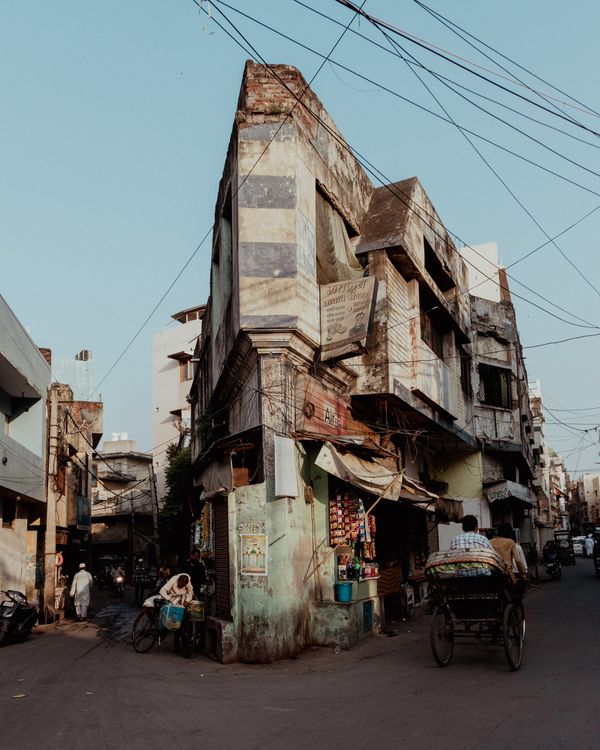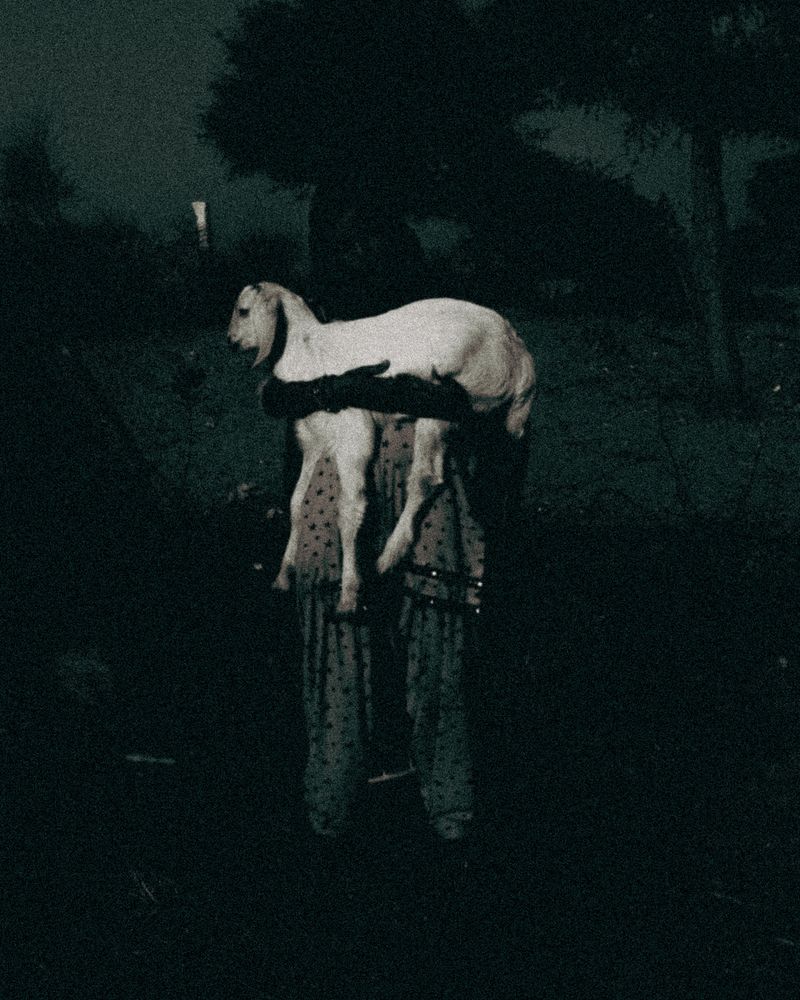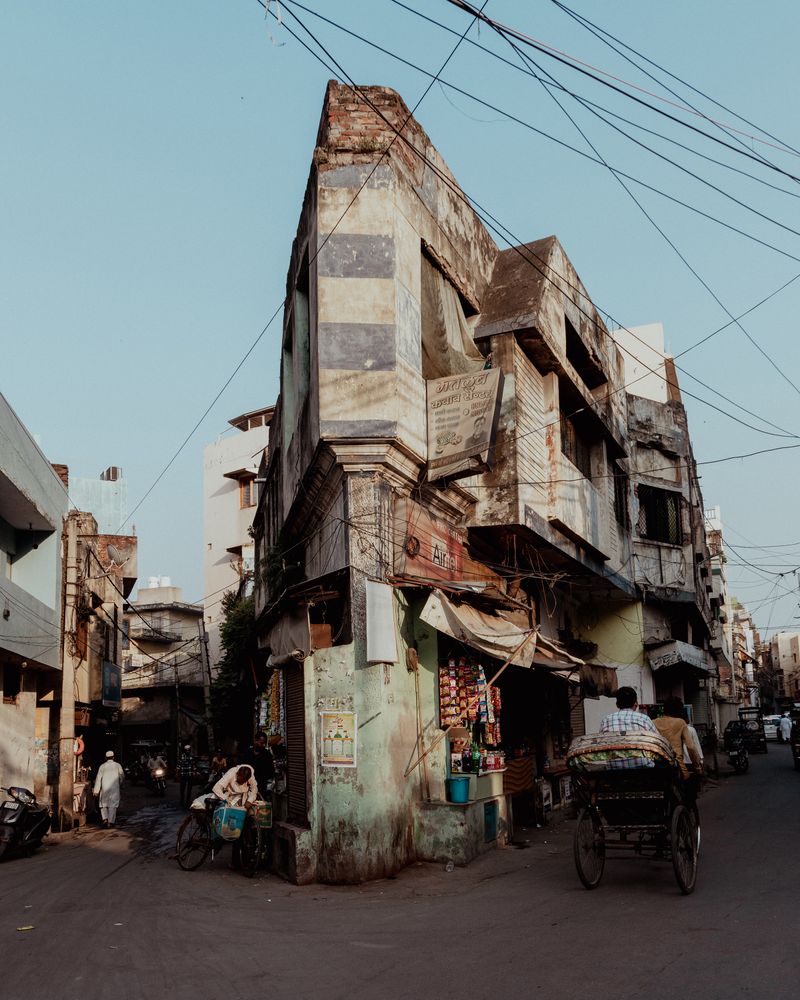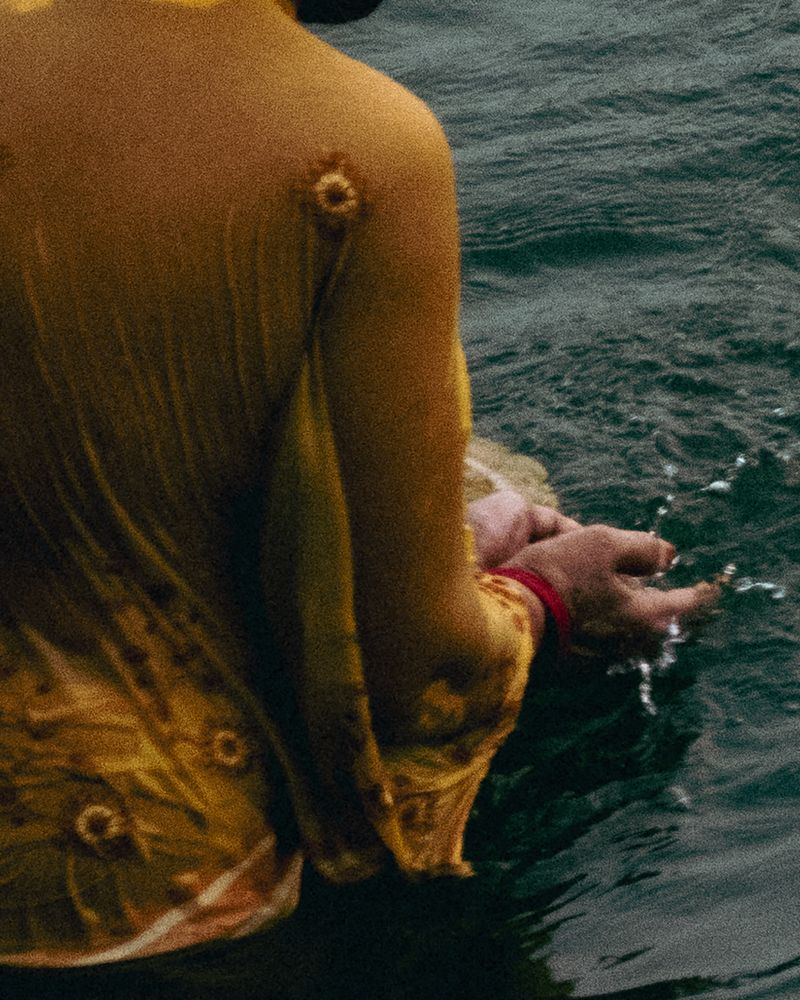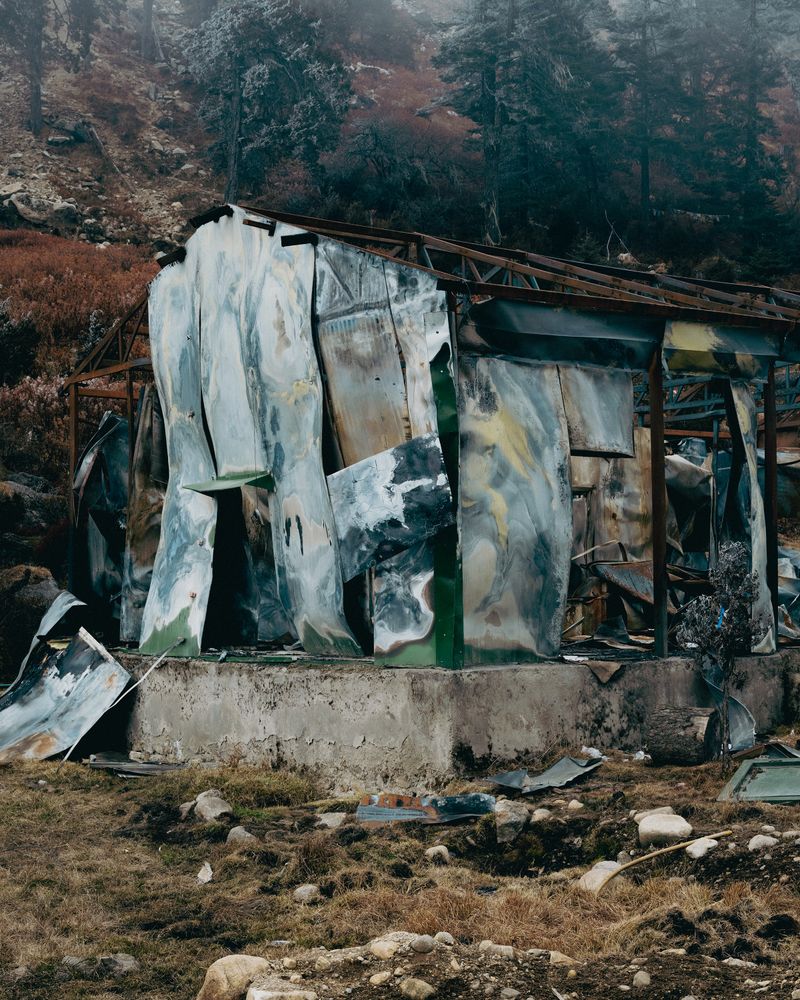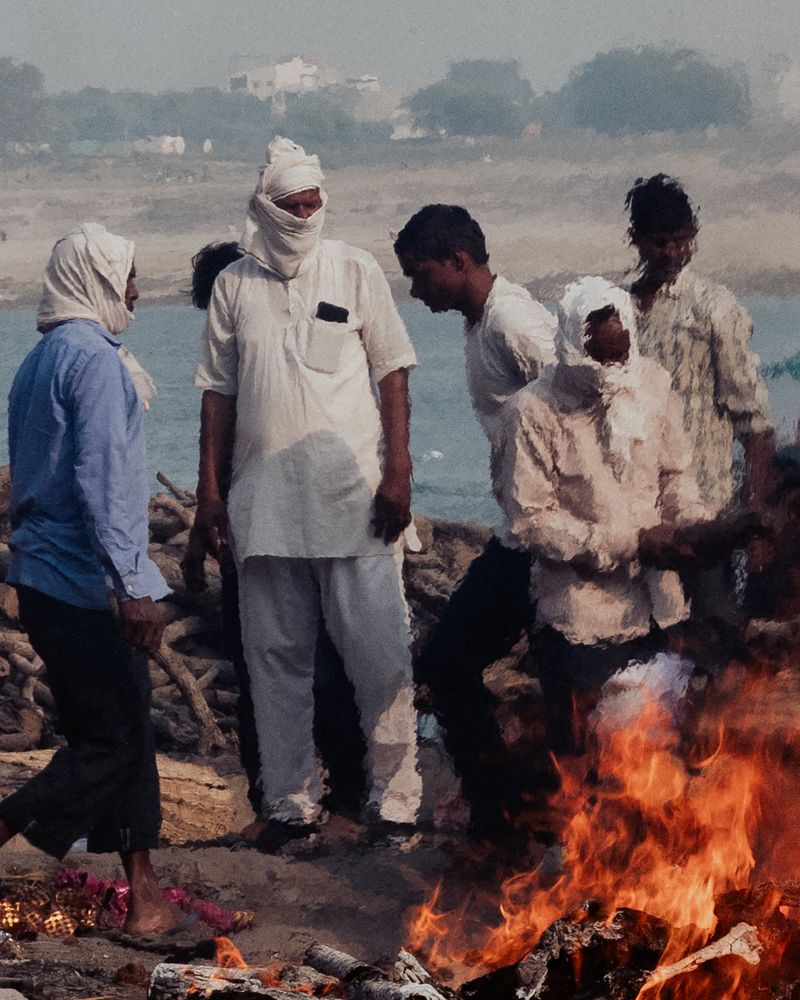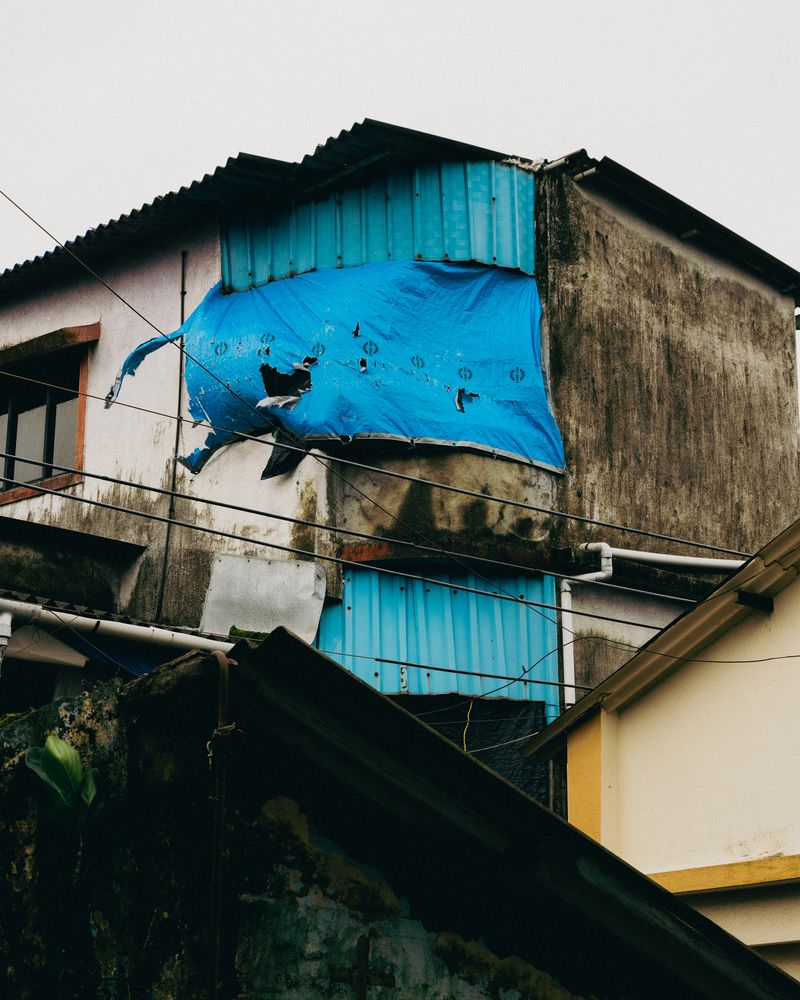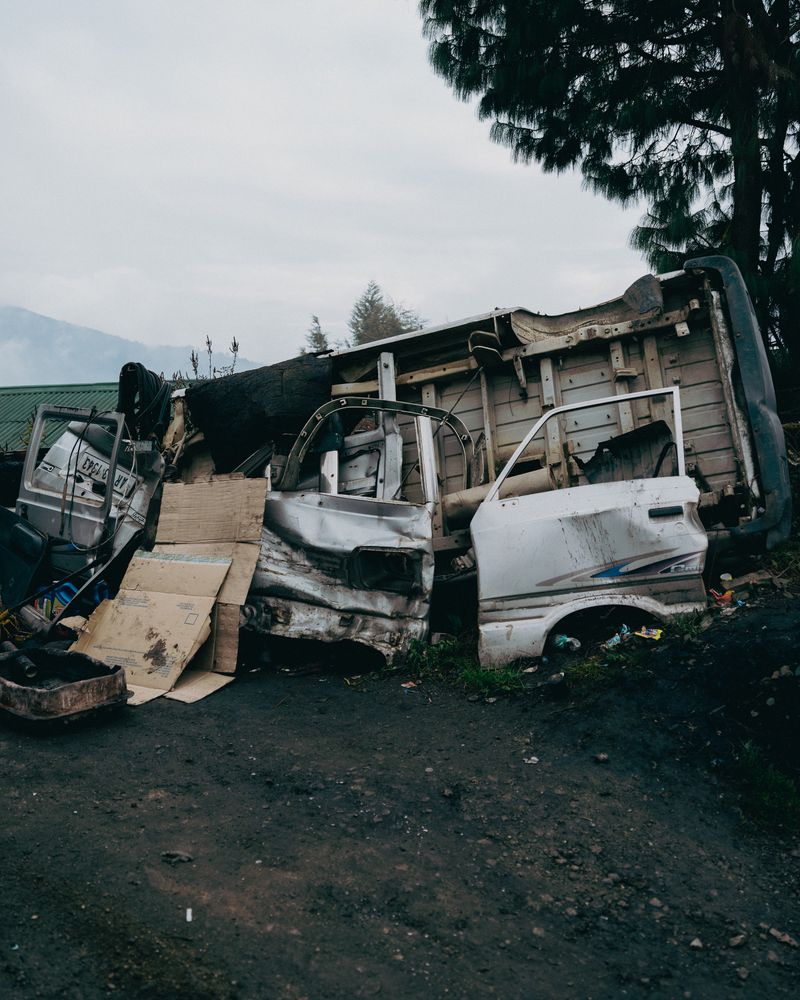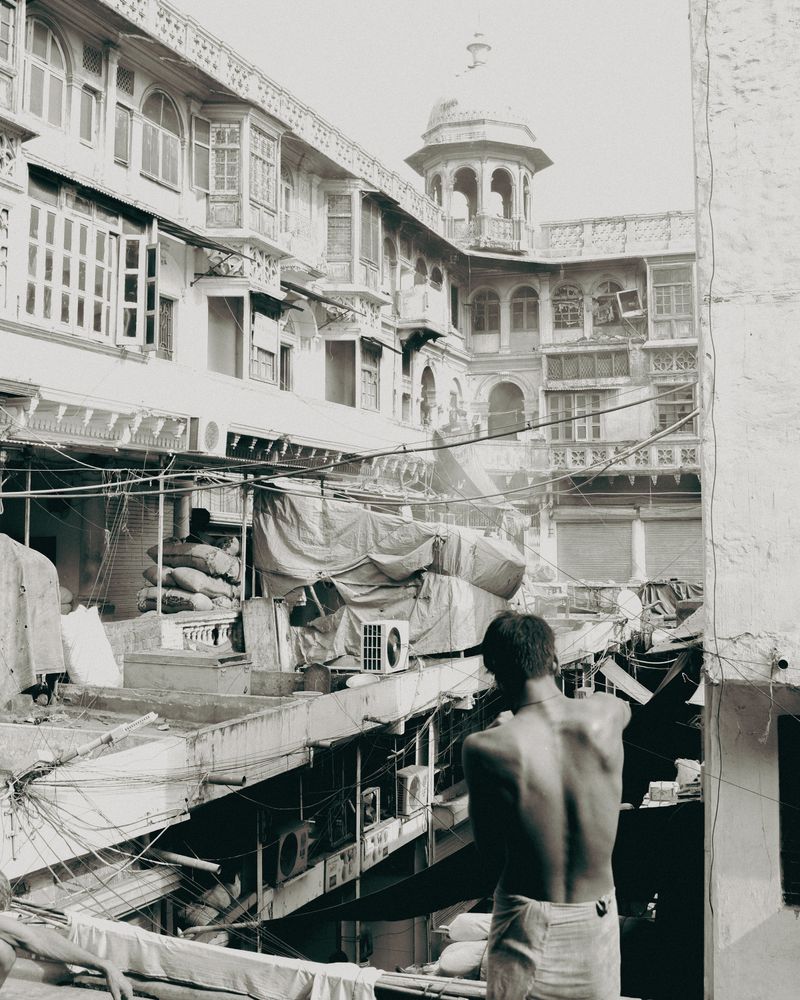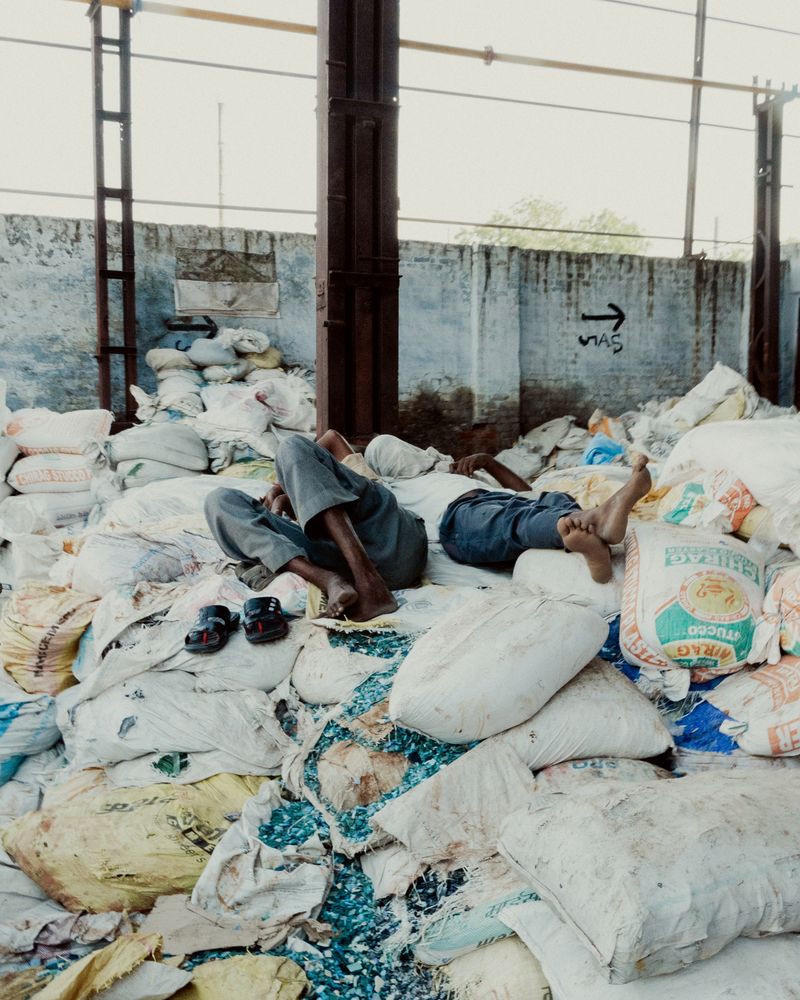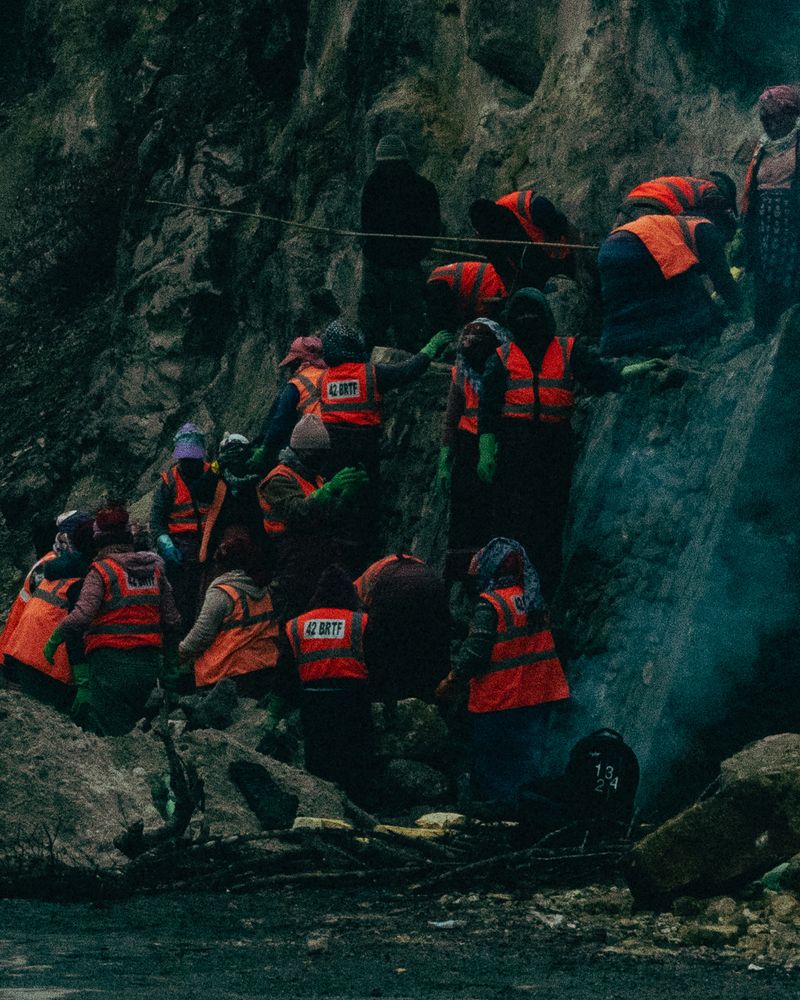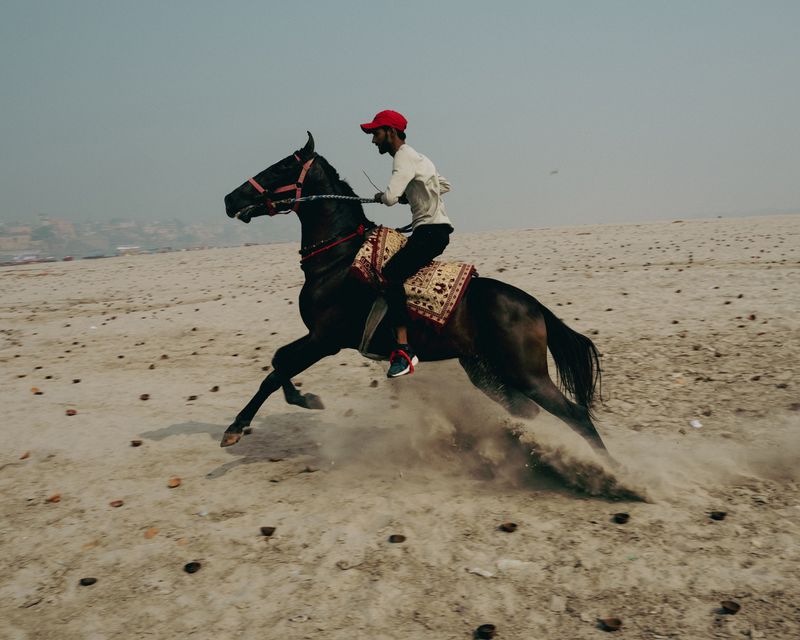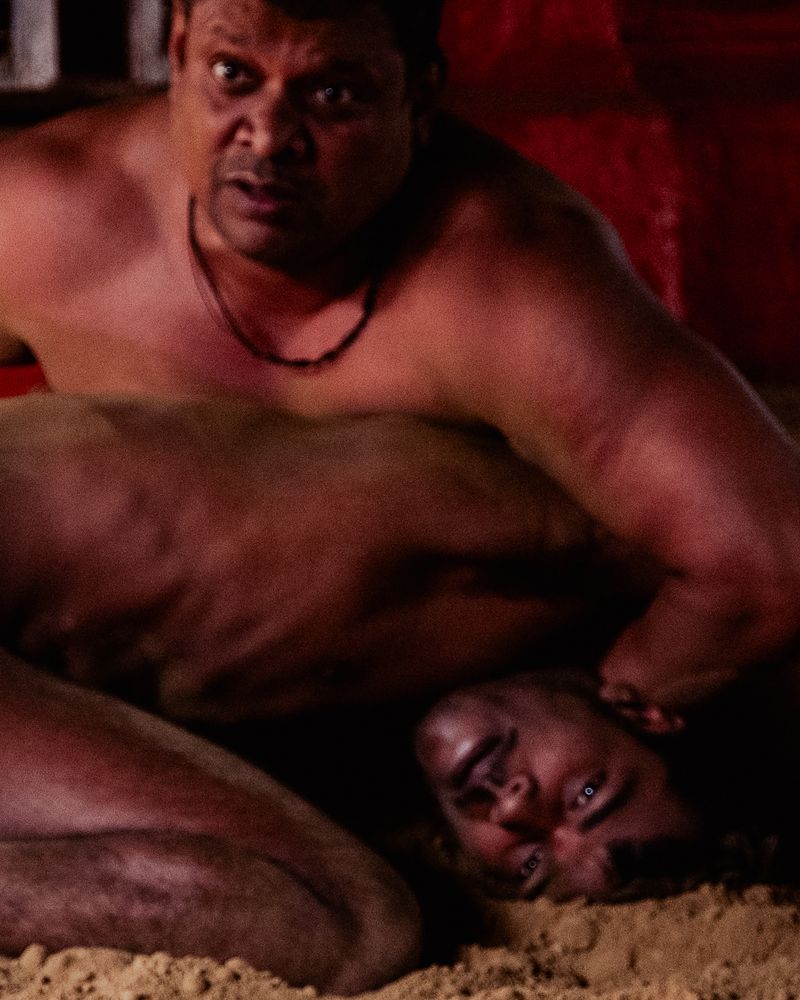Namaste or Whatever
-
Dates2024 - Ongoing
-
Author
- Location India, India
-
Recognition
-
Recognition
"Namaste or Whatever" explores India-West relations through photography's colonial history. It critiques clichés and cultural appropriation, questioning inherited biases and global expectations, while striving to present nuanced narratives of India
"Namaste or Whatever" is a visual research project that investigates the complex relationship between India and the West, using the history of photography as a point of reference. Through this work, I explore how photography has been used to perpetuate clichés, appropriate culture, and shape perceptions, often reinforcing colonial narratives.
Photography was introduced to India by the British in the mid-1850s, serving as a tool to catalog ethnicities, communities, and landscapes. This process reduced India to an exotic spectacle, framing it through the lens of Western desires and power. Historically, the term "Indian Photography" often referred to images of India created by outsiders, continuing a fraught dialogue between India and the West. The British gaze isolated subjects from the web of meanings they were embedded in, robbing them of their depth and spirit.
As an artist, I confront similar questions. Raised in India but deeply influenced by Western media, I often find my own work interrogated for perpetuating visual clichés. My photographs of India when I first picked up a camera can be critiqued as reflecting a Western gaze—depicting a poverty-stricken, yoga-obsessed, overpopulated land. These critiques forced me to reflect on how global narratives shape not only international perceptions but also the way I see and represent my own country. In my practice, I question the inherent biases I have internalized, exploring the tension between cultural authenticity and global expectations.
Ultimately, "Namaste or Whatever" interrogates questions of audience and purpose: Who is art for, and how do we present it authentically to our own communities? The project aims to dismantle inherited narratives, challenge visual clichés, and foster a nuanced understanding of Indian identity in global consciousness.


